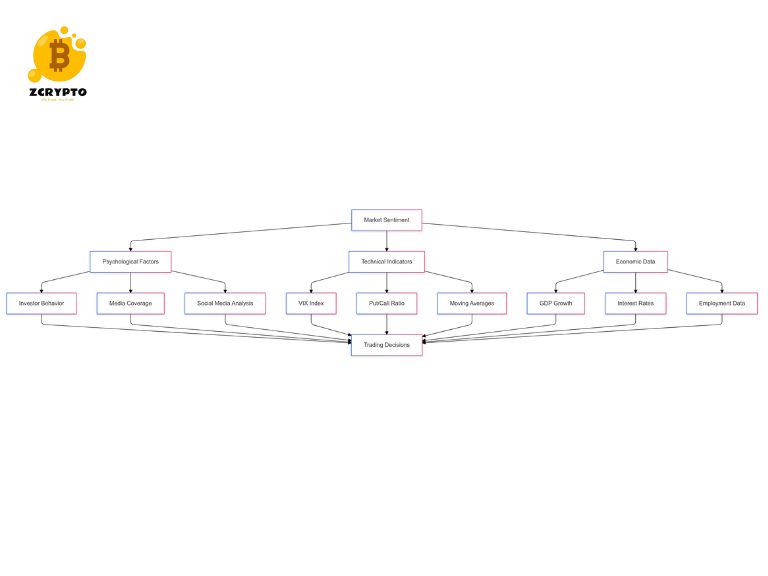What is a Banker’s Acceptance?
A Banker’s Acceptance is a financial instrument that represents a bank’s obligation to pay a specified amount at a future date. Here’s how it works:
- How Automated Clearing House (ACH) Revolutionizes Electronic Payments and Transactions
- What is Music NFT? Transforming Artist-Fan Relationships
- What is an Annuitant? Understanding the Key Role in Annuity Contracts
- Understanding the 10-Year Treasury Note: A Key Benchmark for Investors and the Economy
- How Many Pi Coins Are There?
-
Mechanism: When an importer wants to purchase goods from an exporter, they can use a BA to secure the transaction. The importer’s bank issues a time draft, which is essentially an order to pay a certain amount at a later date. Once the exporter accepts this draft, it becomes a BA.
You are viewing: Understanding Banker’s Acceptance: A Safe and Liquid Investment for International Trade
-
Process: The creation of a BA involves several steps. First, the importer requests their bank to issue a time draft based on the terms agreed upon with the exporter. The bank then accepts this draft, thereby committing itself to pay the specified amount on the due date.
-
Key Characteristics: BAs are typically short-term instruments with maturities of 180 days or less. They are tied to specific transactions and are transferable, allowing for secondary market trading.
These characteristics make BAs highly liquid and secure, as they are backed by the creditworthiness of the accepting bank.
Real-Life Applications of Banker’s Acceptance
BAs are widely used in various international trade scenarios:
-
Case Study: Consider a South Korean electronics manufacturer that needs to purchase components from suppliers in Southeast Asia. By using BAs, this manufacturer can ensure that payments are made securely and on time, reducing the risk of default.
-
Cash Flow Management: BAs help both importers and exporters manage their cash flow more effectively. For importers, BAs provide a way to delay payment until goods are received and sold, while exporters receive assurance of payment without having to wait for the goods to be sold.
-
Export Usance Letter of Credit: An export usance letter of credit can be converted into a BA, benefiting both parties. This conversion allows the exporter to receive immediate financing while the buyer enjoys extended payment terms.
See more : Unveiling the Black Box Model: How Automated Trading Strategies Shape Modern Finance and Investments
These applications highlight how BAs facilitate smooth and secure transactions in international trade.
Benefits and Advantages
The use of BAs offers several significant benefits:
-
Reduced Credit Risk: Since BAs are backed by the creditworthiness of the accepting bank, they reduce the risk of default for both parties involved in the transaction.
-
Liquidity and Flexibility: BAs are highly liquid instruments that can be traded on secondary markets, providing flexibility in managing cash flows.
-
Better Financing Rates: Especially for buyers in developing countries, BAs often offer better financing rates compared to other forms of credit.
-
Compliance with Regulatory Requirements: BAs ensure compliance with regulatory requirements, minimizing transactional delays and legal disputes.
These advantages make BAs an attractive financing option for businesses engaged in international trade.
Risk and Security
While BAs are generally considered safe investments, there are some risks to consider:
-
Security Aspect: Both the bank and the borrower are liable when a BA matures, making them relatively safe investments. However, proper documentation and compliance are crucial to avoid potential risks.
-
Historical Example: The Great Salad Oil Swindle is a historical example that illustrates the importance of proper documentation. In this case, fraudulent activities led to significant losses due to lack of compliance.
Ensuring strict adherence to regulatory standards and maintaining transparent documentation can mitigate these risks.
Market and Secondary Trading
BAs can be sold on secondary markets, which adds another layer of liquidity:
-
Secondary Market Trading: Once issued, BAs can be sold on secondary markets. This feature allows investors to purchase these instruments at a discount, providing a liquid source of funding.
-
Banker’s Acceptance Rates: The rates at which BAs are traded include the all-in rates that cover the bank’s commission. These rates are determined based on market conditions and the creditworthiness of the accepting bank.
This liquidity feature makes BAs appealing to investors looking for short-term investment opportunities.
Impact on Trade Finance
BAs have a significant impact on the trade finance sector:
-
Facilitating Global Supply Chains: By providing secure and efficient financing mechanisms, BAs facilitate the smooth operation of global supply chains. This ensures that goods move swiftly across borders without significant financial hurdles.
-
Growth of International Commerce: The legal framework surrounding BAs ensures confidence in transactions, supporting the expansion of global trade. This confidence is crucial for businesses to engage in cross-border transactions without fear of default or fraud.
The role of BAs in trade finance is pivotal in fostering global economic growth.
Source: https://summacumlaude.site
Category: Blog







